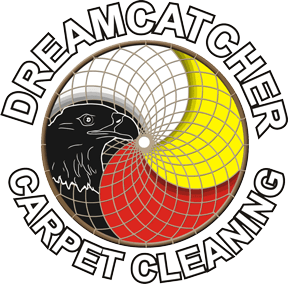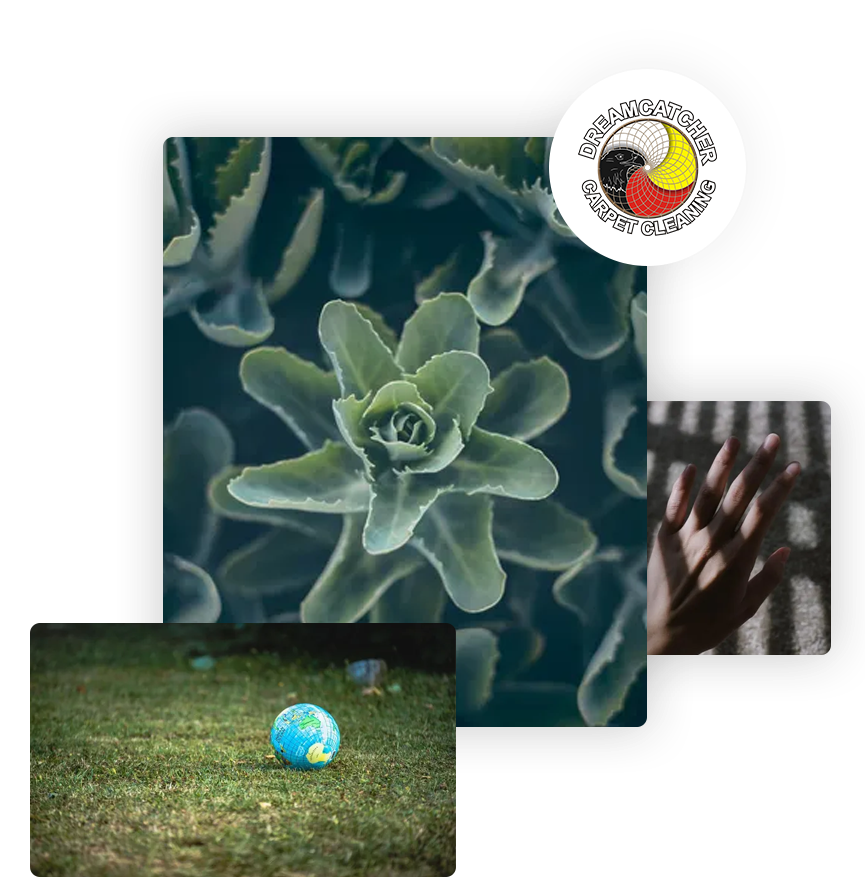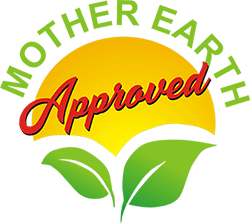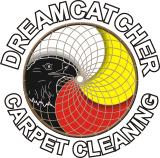If you’re looking for the safer, healthier and more environmentally safe choice in carpet cleaning let Dream Catcher Carpet Cleaning be your first choice. A choice that ensures a safe home and earth for humans, animals, and our water.
Our 100% non-toxic, natural Carpet Cleaning process , is one of the cleanest carpet cleaning solutions available and is at the heart of our cleaning method. The Native American traditional environmental philosophy is alive today and combines Mother Nature’s ingredients that will effectively lift the dirt up out of your carpet, providing you with carpets that are cleaned thoroughly and safely. And because it contains no harsh chemicals, you can rest easy that your carpet will be safe for your kids and pets. When you’re looking for a natural carpet cleaner, you can’t beat Dream Catcher Carpet Cleaning .
What Do They Mean by Environmentally SAFE?
Dream Catcher Carpet Cleaning (DCCC) has implemented Native American philosophy, our company must use solutions that takes into consideration the impact, or "environmental footprint" of the ingredients we use. DCCC believes that green is a process, not just a new ingredient in a cleaning solution. Cleaning green recognizes the connectivity of the entire cleaning process, including the cleaning technician.
One of the questions you should be asking yourself, and educating your customers about is this: "what does green really mean?" There are at least eight ways that we see "green" could be measured when you are looking at the impact of cleaning chemical solutions on the world around us.





